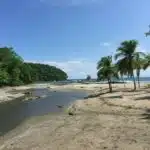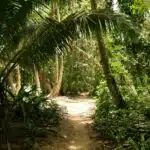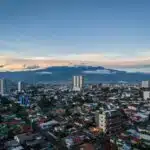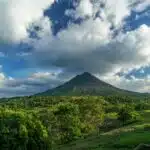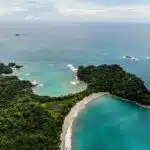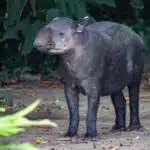Located in the Central Valley of Costa Rica, Poás Volcano National Park is renowned for its spectacular volcanic landscapes and easy accessibility. This park is home to one of the country’s most active volcanoes and offers visitors a unique opportunity to witness the raw power of nature up close. With its breathtaking crater and surrounding cloud forest, Poás Volcano is a must-visit destination for anyone exploring Costa Rica.
The Majestic Crater of Poás Volcano National Park
Crater Observation Points
The centerpiece of Poás Volcano National Park is its impressive crater, one of the largest in the world. The crater spans approximately 1.5 kilometers (1 mile) in diameter and is an active volcanic site. Visitors can marvel at the deep, turquoise-colored sulfuric acid lake that sits at the bottom of the crater. This acidic lake, the largest of its kind in the world, is a vivid reminder of the volcano’s ongoing activity.
The park provides several observation points with stunning views of the crater. The main viewpoint offers a panoramic view of the lake and surrounding volcanic landscape. On clear days, you can see the entire crater basin, including the steaming vents and fumaroles that emit sulfurous gases. The Botos Lagoon, another volcanic lake located in a secondary crater, is a short hike from the main crater and provides a serene contrast to the active volcano’s dynamic environment.
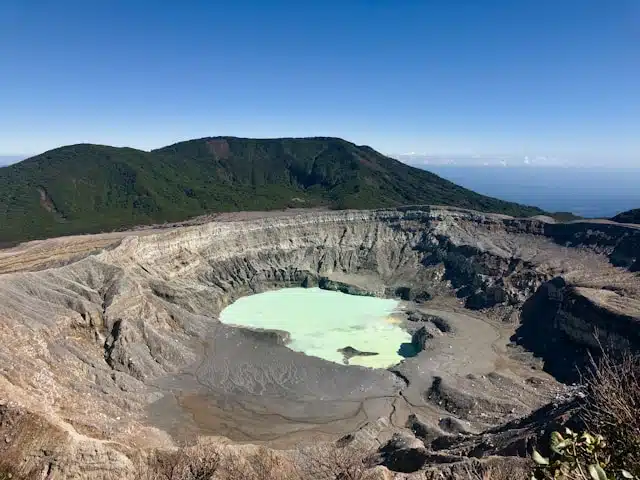
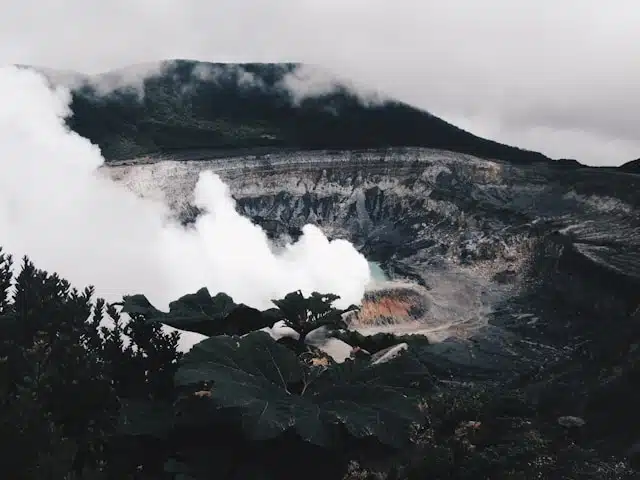
Exploring the Surrounding Cloud Forest
In addition to its volcanic features, Poás Volcano National Park encompasses a diverse range of ecosystems, including cloud forests and subalpine forests. The park’s lush vegetation provides a striking contrast to the stark, volcanic landscape and is home to an array of wildlife.
Trails and Hikes
The park offers several well-maintained trails for visitors to explore the surrounding forested areas:
- Sendero Poás: This trail leads from the park’s visitor center to the main crater. It’s a relatively short and easy walk, making it suitable for visitors of all ages.
- Sendero Botos: This trail takes you through the cloud forest to the serene Botos Lagoon. The hike is slightly longer and offers opportunities to spot local wildlife, such as birds and small mammals.
Wildlife and Flora
The cloud forest around Poás Volcano is rich in biodiversity. Keep an eye out for various species of birds, including the quetzal and hummingbirds, as well as the ocelot and puma. The forest is also home to a variety of plant species, including ancient cedar trees and colorful orchids. The diverse flora and fauna provide a lush backdrop to the volcanic landscape.
Best Time to Visit Poás Volcano National Park
The best time to visit Poás Volcano National Park is during the dry season, which runs from December to April. This period offers clearer skies and better visibility of the crater and surrounding landscapes. The wet season (May to November) can bring rain and cloud cover, which may obscure the crater views but also adds to the lushness of the cloud forest.
Practical Information
- Opening Hours: The park is open daily from 8 AM to 4 PM. It is closed on Mondays for maintenance.
- Entrance Fee: There is a nominal entrance fee to support park conservation efforts.
- Weather: The weather can be unpredictable, with sudden changes in temperature and cloud cover. Bring layers and rain gear.
- Getting There: Poás Volcano National Park is approximately a 1.5-hour drive from San José. The park is easily accessible by car, and guided tours are available for those who prefer a more informative visit.
An Awe-Inspiring Destination
Poás Volcano National Park offers a fascinating glimpse into the power and beauty of volcanic landscapes. From the stunning crater lake to the rich cloud forest, the park provides a diverse range of natural wonders that captivate and inspire. Whether you’re gazing into the depths of the crater or exploring the lush forest trails, Poás Volcano National Park is a remarkable destination that showcases the incredible diversity of Costa Rica’s natural heritage.

